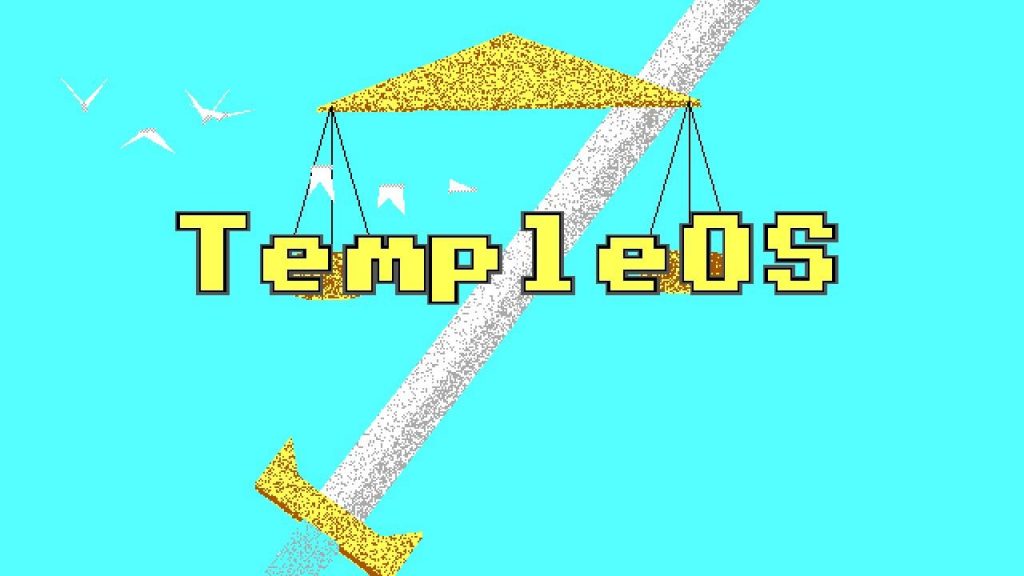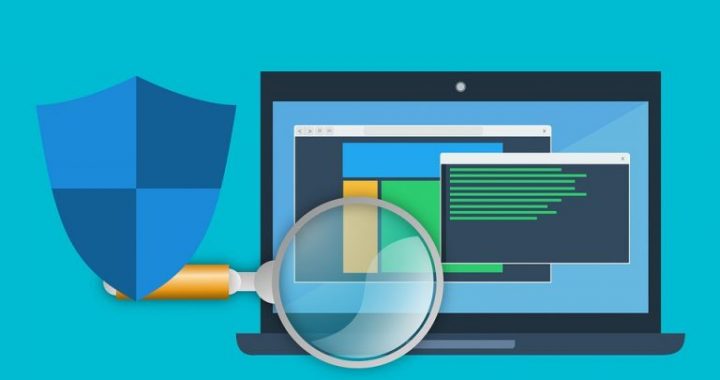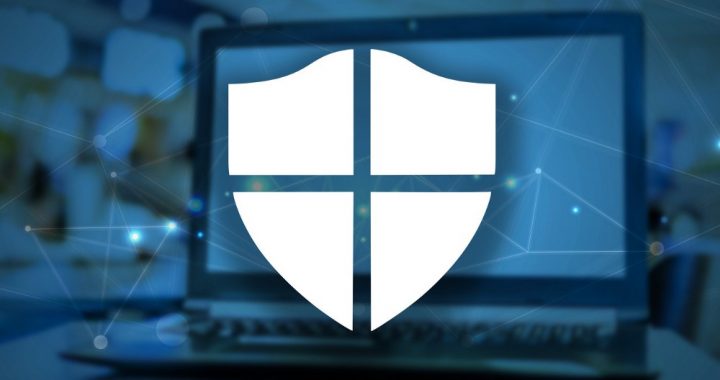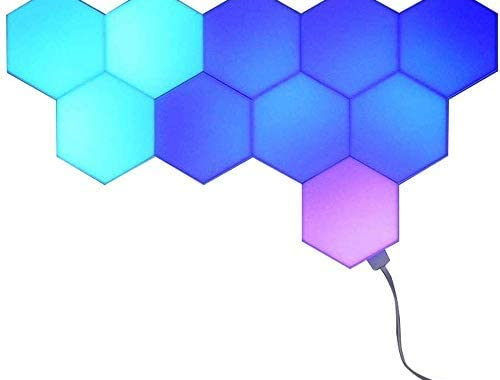5 strangest operating systems you may not have seen
2 min read
Windows, MacOS, and Linux can dominate the world of personal computers, but enthusiasts have developed truly specialized operating systems. These are some of his most unique creations.
1. TempleOS
Building an operating system is intrinsically a Quixotic project. You need a certain type of reader to communicate with hardware at the simplest level, and Terry Davis had this reader. After receiving a message from God, Davis started developing TempleOS in 2003 and released it in 2011. When he called his software “the third temple of God”, Davis created an operating system with a TempleOS 8-bit ASCII display running. with a maximum resolution of 640 x 480. Written in a programming language called HolyC, TempleOS was also associated with a number of unique software programs designed for use in TempleOS, including a Flight simulator.
2. Collapse OS
Developer Virgil Dupras knows that the end of time is near, and that the few irradiated, virus-infected scavengers in the post-apocalyptic wasteland will need computers. Scratching unwanted material doesn’t guarantee much performance, so Dupras decided to invent Collapse OS.
This operating system has a z80 kernel and a number of programs that can be replicated and installed on a variety of devices, as well as many other functions. The kernel and shell are less than 5 KB in size and already run on processors from TRS / 80 to Sega Genesis.
3. AROS
For a time, in the 1980s, it seemed like Commodore would rule the personal computer market. Commodore 64 provided vivid color graphics in the days of monochrome DOS machines. The 16/32 bit Amiga featured a high-end machine that has become the industry standard for audio and video editing. Obviously, things did not work, but the operating system on these computers is still popular today. AROS has developed a group of enthusiasts, a version compatible with modern PC fonts.
4. TRON
Dr. Ken Sakamura of the University of Tokyo released the real-time Nucleus operating system, designed regardless of the source, so it can be implemented on a variety of hardware. In the industry alone, there are billions of cell phones and portable devices in Asia.
What’s interesting about TRON is that Japanese companies wanted to go west just to put pressure on Microsoft to end the expansion project.
5. Red Star OS
North Korea is known for its tireless isolation from the outside world, just like computer software.
This Unix-like operating system was developed in the country’s data center and contains a modified Firefox-based browser that provides access to the state network, a text editor and even games. As you would expect from a paranoid security state, Red Star also includes many hostile features, such as a watermark system that marks all files with the facility’s unique serial number so they can be tracked, and a back door of access for Korean intelligence.
Check for more operating software on bzfuture.com.




